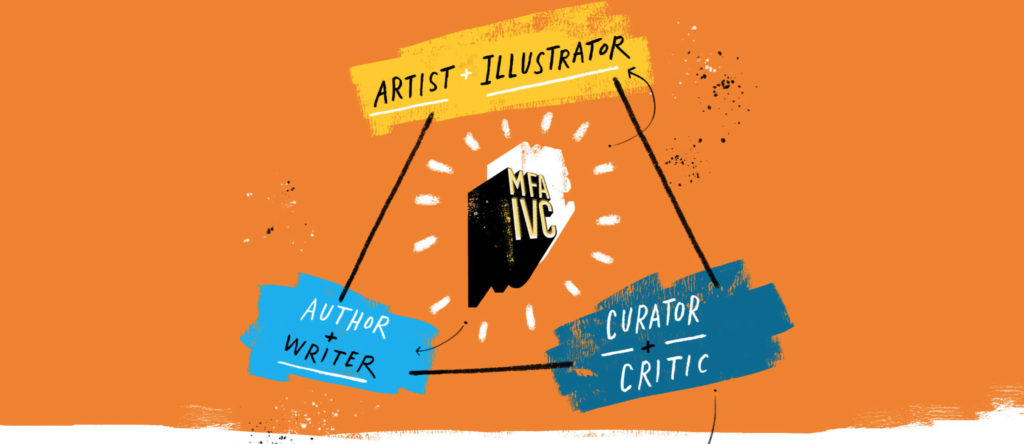What is illustration?
Is it a picture made for a client? An image in a magazine? An artwork done in ink rather than oil?
“Illustration is often taught as a kind of carousel of styles,” said John Hendrix, associate professor in the Sam Fox School of Design & Visual Arts at Washington University in St. Louis. “The focus is on where things appeared and the mediums used, rather than the cultural purposes they served.”
In fall 2019, the Sam Fox School will launch a new master of fine arts degree in illustration and visual culture. The program — the first of its kind in the Midwest — will combine intensive studio practice with an emphasis on scholarly and theoretical analysis.
“In a lot of art schools, illustration is now the biggest undergraduate major,” said D.B. Dowd, professor of art in the Sam Fox School and of American culture studies in Arts & Sciences. “But unlike painting or sculpture or even graphic design, illustration remains an under-theorized field.
“It doesn’t have a literature equal to other forms.”
‘Always accountable’
Dowd, a nationally known illustrator and prolific writer, is founder and director of Washington University’s D.B. Dowd Modern Graphic History Library (MGHL). Dedicated to popular illustration, the archive got its start nearly 20 years ago, when Dowd stood in a garage surveying the papers of Al Parker (1906-85), the great mid-century illustrator and Washington University alumnus.
“The scene filled me with melancholy,” Dowd writes in his new book, “Stick Figures: Drawing as a Human Practice” (2018). “Here was a signal career … slowly disintegrating in the damp. Intuitively, I understood why no museum would want it. It wasn’t Art-capital-A. It was something else, but what?”
Parker’s work became the core of the MGHL, which opened in 2007. Collections from other estates soon followed, including those of Walter Baumhofer, Cliff Condak, Robert Andrew Parker, Robert Weaver, Jack Unruh, Henry Raleigh, George Carlson and Stanley Meltzoff. Today, the library houses more than 200,000 tear sheets, along with artists’ papers, working materials and original artworks from books, magazines and advertising.
“Illustration is always embedded in other things,” Dowd said. “The ‘art object’ is autonomous and set apart, but illustration is woven into the fabric of everyday life. It’s always contingent, and always accountable.
“That blended-ness is what makes it interesting.”

‘That’s what makes you better’
“Drawing teaches you to make ideas,” Hendrix said. “For most visual people, the movement of the hand on the page is what makes the idea. So if you force someone to just draw and stop worrying about if it’s good or bad, and just play — that’s what makes you better.
“But art is not just pure expression,” Hendrix said. “It’s also something that you have to work at, something that you can analyze and refine. How do drawings communicate? How do they tell a story? That’s the core of communication design.”
The MFA program is now accepting applications for the 2019-20 academic year. Hendrix and Dowd expect the inaugural class to comprise 6-10 students and to grow to about 12 students per year. Studios will be located in Anabeth and John Weil Hall, a new 80,000-square-foot facility that also will house graduate students in fine arts, architecture and landscape architecture.
“Roughly half the curriculum consists of intensive studio practice,” Dowd said. “In addition, there’s theoretical and historical study of the field, as well as curatorial study in the MGHL collections. We want students to develop an integrated sense of themselves as cultural producers.”
Hendrix concluded: “Illustrators shape visual culture. They are authors and content makers and contributors to the world — more so now than ever been before. It naturally flows that their work should be treated in a more rigorous way.”
More information about the MFA in illustration and visual culture is available on the Sam Fox School website.

